Ross Lovegrove and Lasvit’s Liquidkristal Shines in Milan
Throw the auspicious and enterprising entities of “Bohemian Glass Manufacturing Giant” Lasvit and iconic designer Ross Lovegrove together and what do you get? I’m hard pressed to articulate an adequate verbal response to the proposition, but if I could express it visually… as it turns out, both Lovegrove and Lasvit have already done that, collaborated on it in fact. And it happens to look exactly like Lasvit’s transparently undulating Architectural Glass Wall called Liquidkristal.
Liquidkristal Architectural Glass Wall. Designed by Ross Lovegrove. Manufactured by Lasvit.
Liquidkristal Panels Use Controlled Thermo Induction to Capture Glass in its Transformative State
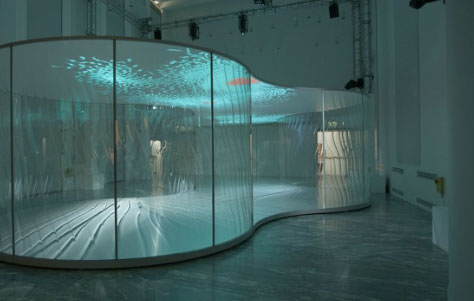
Lasvit and Lovegrove’s creation poses the existential question: when does glass become glass? Since much of Liquidkristal’s aesthetic depends on the organic nature of the material as it moves from liquid to solid, its very creation engages the issue. If we can extrapolate from Lovegrove’s comments (“There is a magic in glass in the way light and transparency are captured in the fusing process, one moment liquid, the next solid. This is something that can be harnessed and predicted in the meeting of design, physics and technology”), the answer is something along the lines of, “whenever I say so.”
For Liquidkristal, Lovegrove accelerated the natural cooling process with Lasvit’s assistance and with the technological achievements of mathematical models and controlled thermo induction, thus facilitating the “highly precise temperature control that imbues the glass surface with the beauty of optical effects seen in water.”
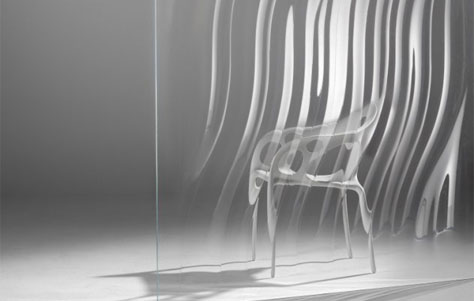
The resultant creation is lovely and luminous, constituting an ingenious sleight of eye and hand, as the Liquidkristal Panels trick the eye into seeing cascading sheets of crystalline waters, fool the hand into anticipating the cool rush of its weight.
Liquidkristal recently enjoyed an exhibit at the Triennale in Milan, where the 24 self-standing crystal panels were accompanied by digitally-projected art and computerized light displays, resulting in a spell-binding global introduction of this unique piece—“a spatial experience where the ceiling is used for projections and reveals the digital beauty of natural observation.”
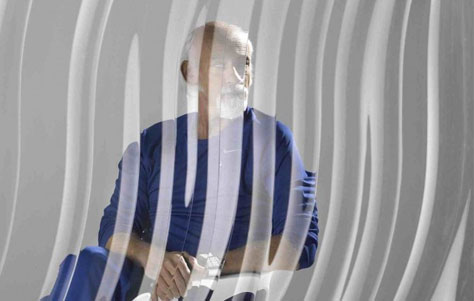
But not all applications for Liquidkristal require such involved pyrotechnics. The product has numerous applications, including partition walls for internal or external pavilions, public spaces, and boutiques; full length windows as part of a building facade; and insulated glass units for exterior cladding.
Via Contemporist.
About the Manufacturer: “Building on a strong Bohemian history of excellence in art glass manufacturing,” Lasvit is committed to synthesizing the old world glass making traditions of the region with unconventional manufacturing processes informed by new technologies. The company’s astoundingly original Liquidkristal architectural panels employ high precision thermal transfer forming to change the rate at which molten glass becomes a solid.
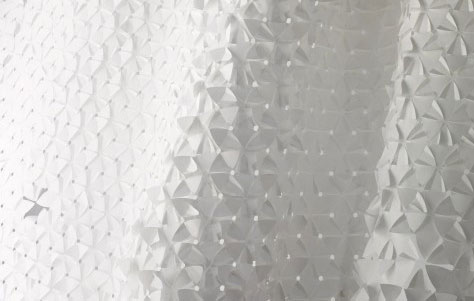
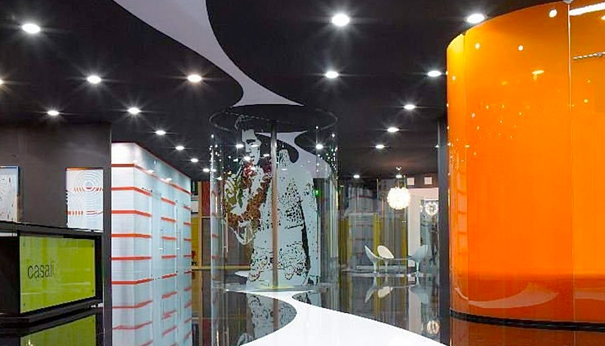
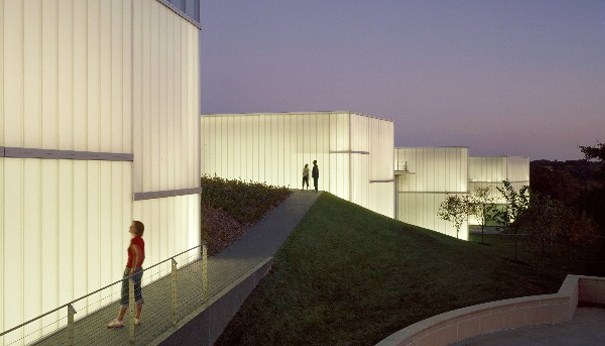
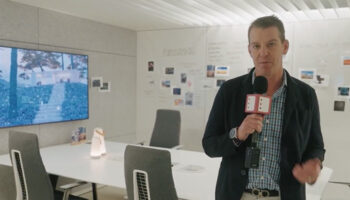
Leave a Reply